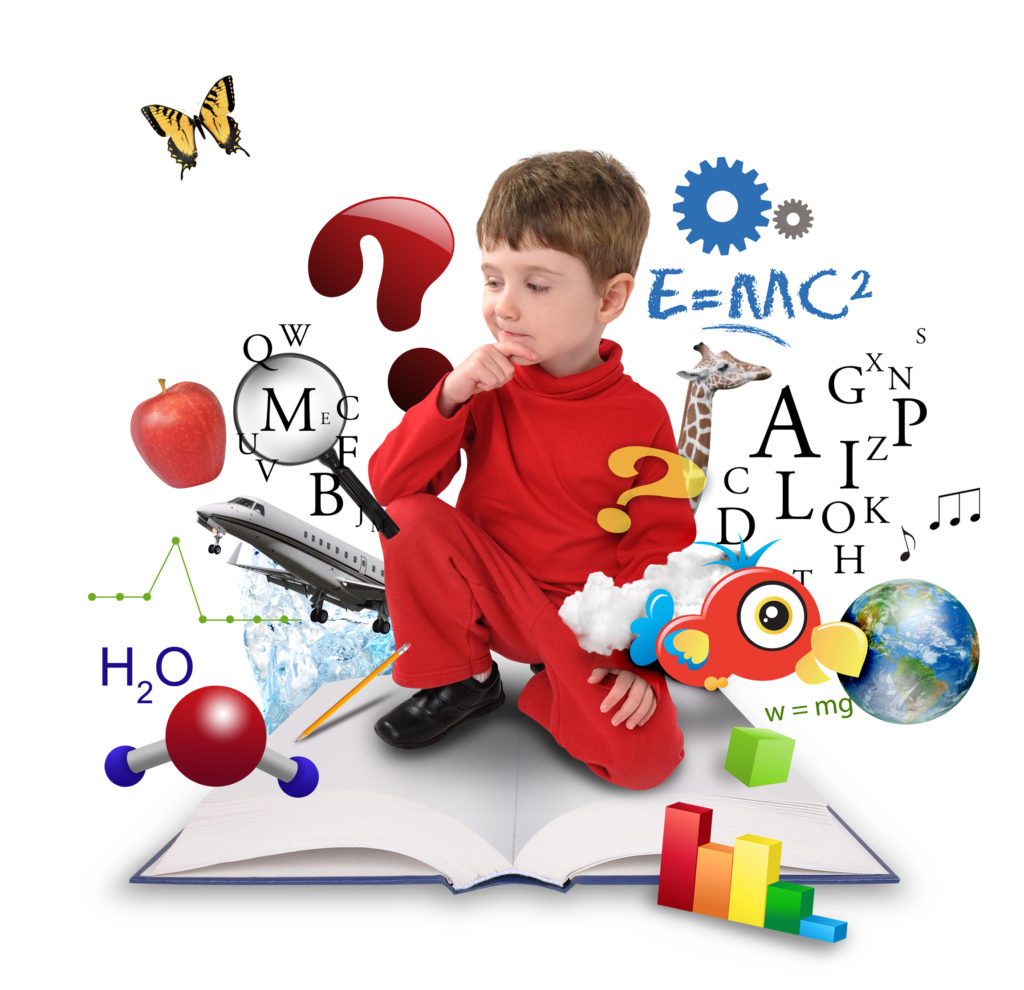Even though a considerable time, technologies are still a classy button issue. Some educators and students love and make use of technology flawlessly daily, although some hate it and don’t realise why they must be expected to use it whatsoever.

Additionally, complicating any discussion from the role of technology in schools will be the perceived inequality gap between rich and poor school districts. Some schools have endless practical information on new technology (think iPads and 3D printers), while other schools need to take what wealthier schools might disregard as old.
Similarly, supporters of technology say that technology in the classroom encourages independent learning, teaches real-world life skills (e.g. creating email messages, online etiquette), inspires creativity, so it helps students experiment in disciplines for example science by utilizing more using new tools.
Alternatively, critics of technology in the classroom say that it brings about distraction (particularly if students are checking Facebook on the web . attention), fosters poor studying and research habits (e.g. just searching Google as an alternative to really researching a subject matter using library resources), which enable it to bring about problems like cyber bullying or perhaps the invasion of privacy.
What’s clear is always that there are specific trade-offs a part of technology. Educators should not view technology as a panacea which will magically teach students how you can read when they gain access to an iPad. And students should not view tablets, phones, and 3D printers simply as toys to avoid the genuine work of studying.
That’s why the important thing decide any discussion about technology in the classroom (and from the classroom) will be the teacher. In case a J1 visa for teachers desires to supplement an in-class lessons with web resources, he has to also be sure all students have equal access to those resources. Some students may reside in a home with access to multiple computers and tablets, although some might reside in a home its keep is not any access to this technology.
The objective of technology should be to make learning quicker and much easier for all those students. Understanding that could mean challenging many assumptions about how students learn best. For instance, one trend within the U.S. educational method is “flipping the classroom,” by which online learning plays a crucial role. Unlike the regular classroom, where lectures come about through the school days and homework gets done through the night, a “flipped classroom” implies that students work with teachers on homework through the school day then watch movie lectures through the night.
And there’s another component that needs to be taken into account, and that’s the power for technology to prepare students for your whole world of the long run. That’s the reasons U.S. educators are actually paying attention to information technology and coding – they have even described coding/programming as a new fundamental skill in the digital economy, right beside literacy. In this instance, obviously, it is computer literacy that means something.
Whether it’s online education, iPads, gaming or BYOD, technology will play a vital role later on growth and development of education. It’s essential for any teacher to understand the various issues playing anytime they introduce technology in to the lesson plan and the overall classroom experience.
More information about J1 visa for teachers check the best site: here
